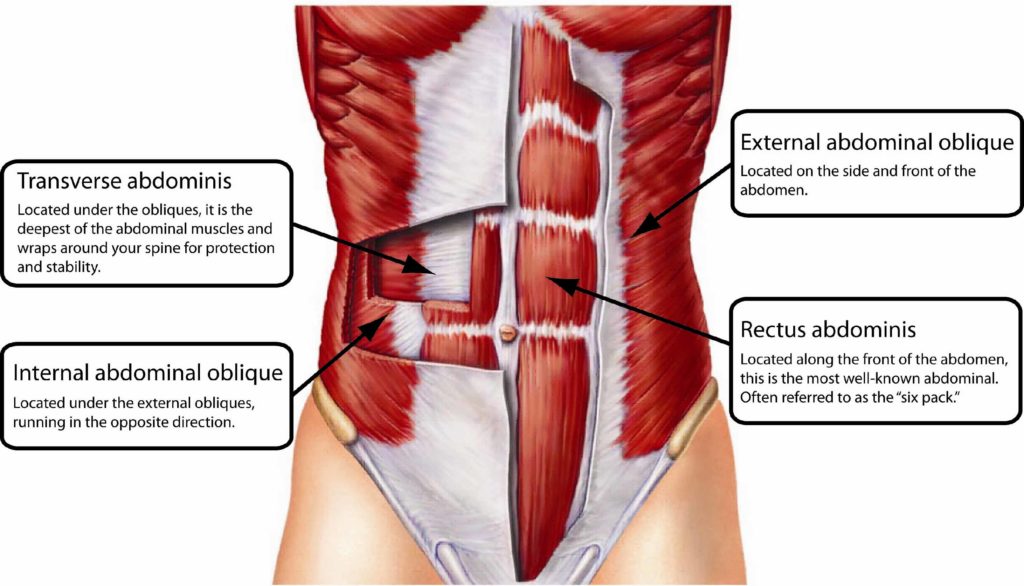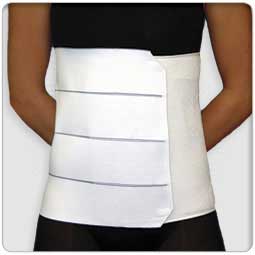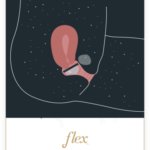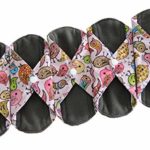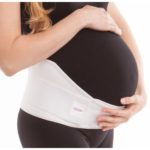Diastasis Rectus Abdominis

What is it?
A diastasis rectus abdominis (DRA), sometimes simply called a diastasis, is a common condition that pregnant and postpartum women may encounter. It is a separation of the rectus abdominis, AKA the “six-pack muscles,” at the front of the belly. These muscles run vertically from the sternum to the front of the pelvis and are separated by connective tissue called the “linea alba.” This connective tissue can get overstretched leading to a pooch between the muscles. You may notice the pooch the most when you do a crunch, cough, or sneeze; these activities build up a bunch of abdominal pressure that pushes your soft tissue into that stretched linea alba.
An Analogy
If you are having a hard time imagining this process, here’s an analogy. Have you ever played with those super dense sand stress balls? I am talking about the ones that you can leave big dents in, not the foam ones that spring back to their original shape. They are so satisfying to work into after a long commute in traffic or a particularly stressful work meeting. Well, they are actually a pretty good representation of the what may happen at the linea alba.
When you squeeze the ball, you will notice that the sand on the inside tends to ooze between your fingers. Your fingers act like the rectus abdominis muscles. They are rigid enough to block that expansion of the content inside. Similar to the plastic casing of the ball, the linea alba is much thinner than the big six-pack muscles, so it tends to be the place that “gives” to the pressure. When that happens, you may see a pooching of tissue between your ab muscles.
This is not dysfunctional at all to have a core that expands and moves. The torso needs to be flexible to accommodate a growing baby, changes in weight, or even a big Thanksgiving dinner. It may become problematic though if the same spot repeatedly gets stretched and pushed on, like at the linea alba, leading to symptoms.
How do you get it?
Diastasis recti can come from any condition that builds up excessive pressure on the backside of the rectus abdominis muscles. Pregnancy or rapid weight gain are two very common causes. The separation can also happen from having weakness in the abdominal muscles and putting a lot of force through them (i.e. doing an excessive amount of crunches or plank exercises over the course of years). It is also seen in a pediatric population if the child has a difficult time engaging their core muscles to move around on the floor. See my post on the pressure system in the abdomen.
Can it be healed?
The severity of the separation is typically discussed in terms of finger widths. So you can measure as a two-finger, three-finger, four-finger etc. separation. Most two-finger separations can heal on their own with return to normal activity. Beyond that, it typically requires rehabilitation, though not necessarily surgery.
How can I heal it?
Physical Therapy
PT is a good place to start! Typically, pelvic health physical therapists are trained in working with women with this condition. (You can find one close to you on this site.) Abdominal rehabilitation will include specific exercises meant to strengthen the core appropriately. It will also include education on activities to avoid that may make the condition worse or prevent proper healing from occuring. Overall, the goal of therapy is typically to teach women how to manage abdominal pressure well so that they don’t excessively strain the abs. It is also to retrain the body to move with good activation of muscles to corset the core, so that the tissue between the abdominals has a chance to heal.
Braces/Binders
Some women will benefit from using braces or abdominal binders. (Here is an example of one.) The goal of a binder is to create a corset for the abdominal cavity, if the muscles are not quite capable of doing that yet. By corseting, the connective tissue is able to begin healing without continually being strained from too much pressure. Think of the stress ball again. If your hand fully covered the ball without any gaps between your fingers, then there wouldn’t be any place where the plastic cover would bulge out from the pressure of squeezing.
A caution for binders or braces though: our trunk is designed to naturally expand in various directions as we breathe. So using a binder or brace can make it difficult to return to normal breathing patterns after pregnancy.
That is why they are rarely meant to be used indefinitely and should instead be used under guidance from your physician or therapist. That way, when you are healed enough to begin challenging your muscles without that extra support, you can stop using it. And that is the goal, after all, to return to normal life without having to think about binding up your guts each day, right?!
Home Workouts
There are various programs available on the market for postpartum fitness, some even specifically designed to help with a diastasis. It is a great option for many women having a hard time getting out and about due to a new baby or general busyness. My final piece of advice though — if you don’t feel that things are healing as well or as quickly as you would like to, please seek out extra help. It is hard to get feedback on your form when you work out at home. Sometimes we just need an extra set of (trained) eyes on us to see if we are moving like we imagine we are.

